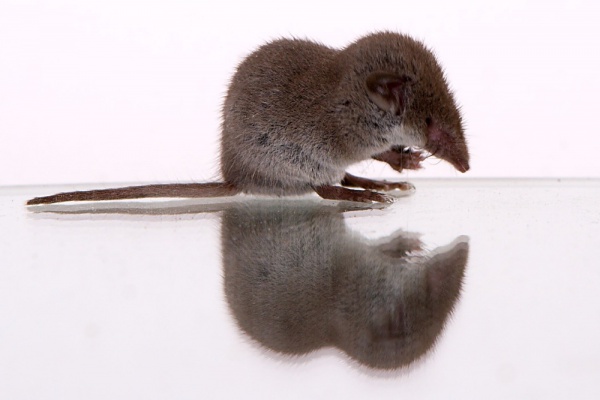Facts About Lesser white-toothed shrew
The lesser white-toothed shrew is a diminutive mammal found in parts of Africa, Asia, and Europe. It often inhabits scrublands, gardens, and a variety of other habitats. Its diet consists of insects, spiders, worms, and even small rodents. This species is closely related to the Asian lesser white-toothed shrew. One fascinating behavior observed in these shrews is the formation of "caravans" where females and their young hold onto each other's tails and move together in a line.
These shrews have a wide distribution, ranging from France and Spain in the west, across Europe and Asia, to Japan and North Africa. They prefer dry environments such as scrublands and gardens. There are even isolated populations on islands like the Isles of Scilly and the Channel Islands. The Scilly shrew, found on the Isles of Scilly, was once thought to be a distinct subspecies but is now considered a variant of the lesser white-toothed shrew. Interestingly, the Scilly shrew is known to frequent beaches and feed on amphipods.
Historical records indicate that shrews have inhabited the Isles of Scilly since the Bronze Age. In 1924, a new type of shrew was discovered on the island of Gugh and sent to the British Museum, becoming the type specimen for study. More recently, in 2010, a Scilly shrew made headlines when it hitched a ride on a passenger ferry. Fortunately, it was safely returned to the Isles of Scilly. This little adventure highlights the shrew's adaptability and resilience in various environments.

 Iran
Iran